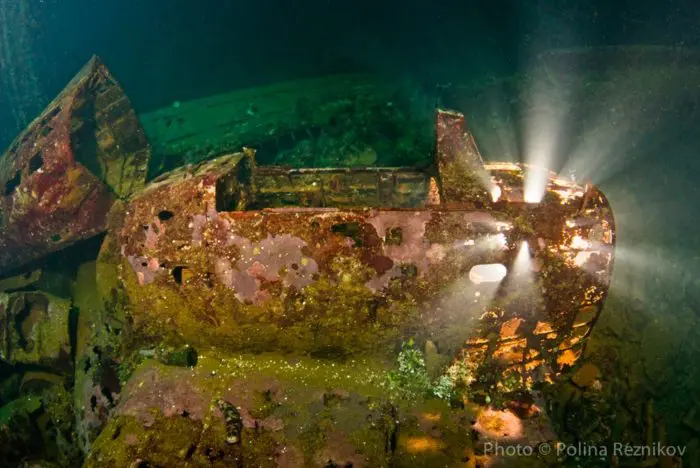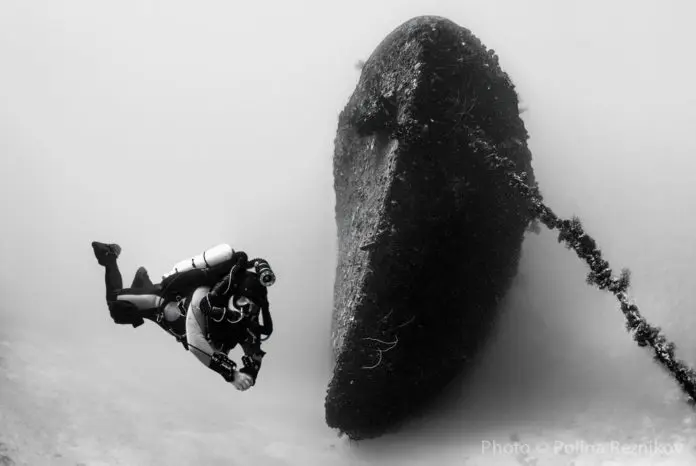Sitting in the middle of the Pacific Ocean as part of Micronesia lies a small area known as Chuuk Lagoon (also referred to as Truk Lagoon). The land area itself is an atoll made up of a 225 km reef circling around the lagoon and averages less than 500m wide making up 127 sq kms of land area, This isn’t what brings people to Chuuk. What brings them to Chuuk is the lagoon itself which lays claim to around 70 wrecks within the lagoon and many more on the outside of the reef. If you are wondering why so many wrecks are located in a lagoon in the middle of the Pacific Ocean, it all goes back to World War II.
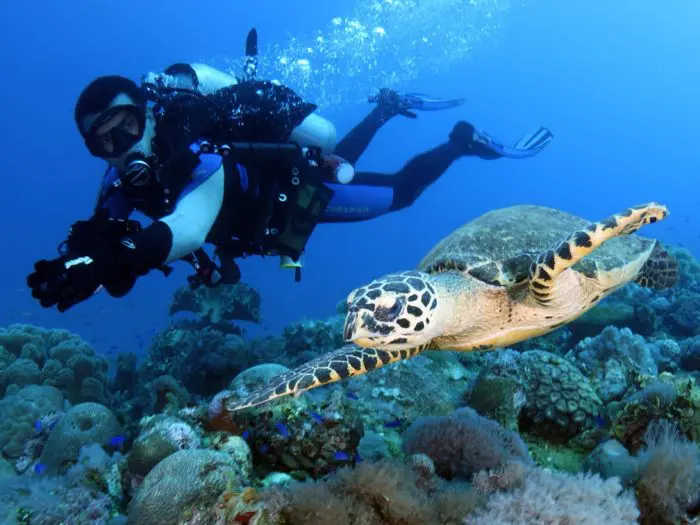
The lagoon is approximately 80kms by 50 kms in size, making it one of the biggest lagoons in the world. Its geographical placement also made it an attractive location for the Empire of Japan to house their main naval base during World War II. It was referred to many as Japan’s version of Pearl Harbor. In 1944, US lead forces lead an offensive on the Japanese fleet and by the time it was over were able to sink dozens of ships and also shoot down hundreds of planes. 70 years later, many of these shipwrecks and plane wrecks are still in very good condition due in large part to the lagoon protecting them from most major storms.
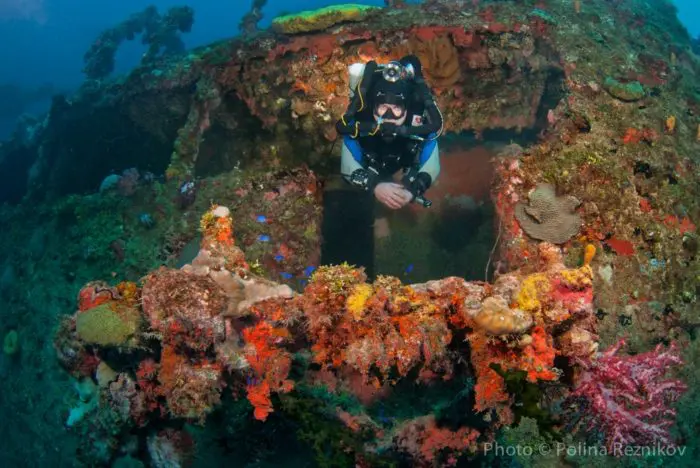
Scuba Diving in the Chuuk Lagoon
Scuba diving has come to make up a huge portion of the economy in the area. Wreck diving enthusiasts flock to the islands each year to witness some of the best wreck diving that can be found on earth. The clear, warm waters, along with the geographic placement and proximity of other coral reefs has lead to many of the wrecks becoming completely engulfed in both soft and hard corals. There is no shortage of marine life on these wrecks either as a wide and colorful variety of fish can be found within the lagoon and larger marine life can be found on the outside of the reef such as sharks and rays. The wrecks range from being in relatively shallow water to being in quite deep water for scuba diving (approx. 300ft), making it an appropriate destination for both recreational scuba divers as well as a world class destination for the tech divers of the world!
Much of the diving in Chuuk is done by liveaboard dive vessels who cater to the serious divers who want to explore as many of the wrecks as possible during their stay. Operators such as the SS Thorfinn have been operating within the Chuuk Lagoon for decades and continue to serve clients today.
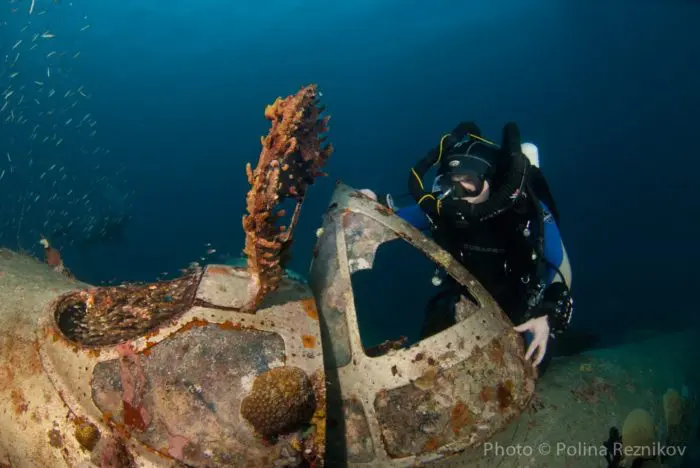
Chuuk Hit Hard by Typhoon Maysak in March 2015
In March of last year a major storm, Typhoon Maysak, scored a direct hit on the Chuuk Islands. The storm was a devastating blow for the island nations where the quality of infrastructure is quite low. It was estimated between 80 and 90 percent of homes had the roofs ripped off of them with power, the airport, and roads being interrupted for varying amounts of time. Many of the dive operators in the area also had to close down as ships were damaged, supplies were low, and replacement and repair near impossible. Through it all, the biggest liveaboard in the region the SS Thorfinn was able to stay operational and even take on many of the guests from other liveaboard operations. Now with the weather calming and the islands beginning to rebuild, diving is now full steam ahead again for most of the operators in the region. As one of the biggest industries in the area, it will play a large part in employing the local people and rebuilding the local economies. If you ever were thinking of visiting the Chuuk Lagoon and experiencing the world class diving, now is the perfect time!
